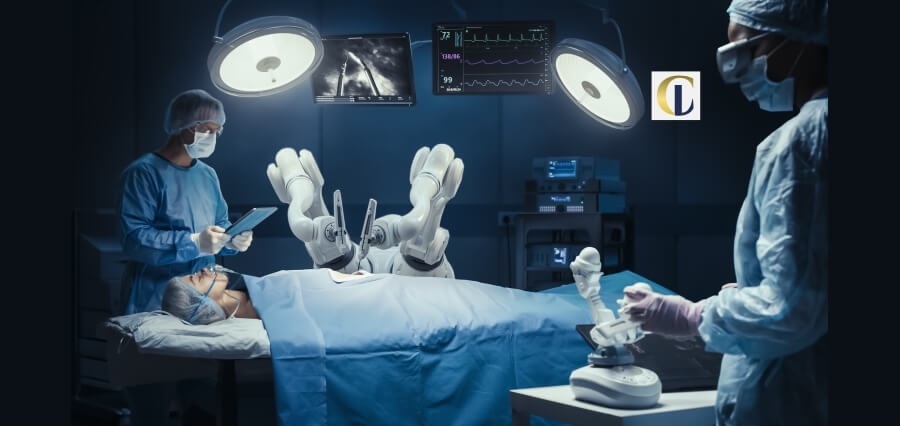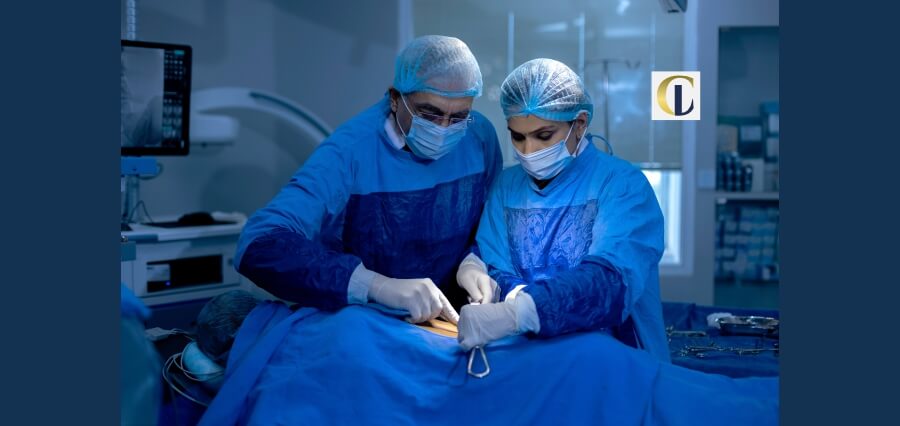Tech Connect
The destiny of cutting-edge healthcare procedures is being revolutionized and rewritten through robotic surgical pioneers’ vision and commitment. These visionary engineers and surgeons are at the forefront with the incorporation of extremely sophisticated robotic systems in the operating room, revolutionizing procedures previously intolerably invasive, high-risk, or technologically impossible. Its reach is multi-fold, ranging from enhanced clinical results, less patient trauma, all the way to surgical skill democratization to the whole global healthcare industry. To be cognizant of contemporary high-acuity medicine is to appreciate the priceless and consistent efforts of robotic surgery innovators to the field of patient care. The most significant enhancement robotic surgery innovators bring is in precision and delicacy.
Open surgery and even conventional laparoscopy are limited by the human wrist and hand range of motion. Robotic surgical systems provide wristed instruments with more extent and articulation range than the human wrist and hand, as well as high-magnification, 3D high-definition visualization. In combination, they enable surgeons to dissect very small, very fine structures, such as tiny nerves and vessels, with previously unimaginable accuracy. In more complex oncologic resections, e.g., prostate, colon, or head and neck cancer, this level of precision is required. It allows the masters of robotic surgery to reset a more intact tumor and at the same time spare overlying normal tissue and important structures, which directly results in lower recurrence rates and improved functional outcomes, i.e., continence and sexual function preservation after prostatectomy. Also, the robot system lacks human natural tremor, and this provides rock-steady stability that is necessary in micro-surgeries, improving better control of condition needing precise dissection. Minimally invasive surgery and trauma is another critical advancement.
Robotic surgery innovators are activity through small, keyhole incisions that reduce the interference of the patient’s body. This decreases blood loss, postoperative pain, and risk of wound complications and infection due to giant open wounds to a large degree. In patients receiving complicated operations such as gastric bypass, lung lobectomy, or radical hysterectomy, this results in radically reduced lengths of stay and a return to normal living life sooner. Reduction of physical trauma is not merely a nicety, but in fact possesses breathtaking physiological paybacks, reducing the response to surgery stress and maintaining immune function, which increases particularly in those patients already undergoing severe chronic disease or cancer. This is part of the fundamental tenet of the shift in the robotic surgery visionaries’ hands—beyond mere survival of a horrid operation to being able to easily recover from an exacting surgical intervention. Leadership in robotic surgery also has an important function in knowledge standardization and dissemination.
Very complex procedures necessarily rely on the individual-specific, often unique skills of a very few surgeons. Robot systems, with their very consistency of operation and capacity to record and analyze procedure data, offer a capacity to standardize an operating environment. This offers an easier capacity to record, transmit, and teach best practices. Robotic surgery pioneers aren’t just doing cases; they’re creating formal training modules, employing virtual reality simulation, and constructing telesurgery instruction systems to train surgeons remotely. That nicely fills the gap between the best surgeon in a prominent academic center and the capable surgeon in a community hospital. By broadening the pool of advanced surgical skills to more qualified practitioners, robotic surgery leaders are enhancing health equity and making more patients, both urban and rural, benefit from state-of-the-art treatment. Besides, technology pioneered by robotic surgery leaders has widened the scope of surgery for patients with unacceptable and high-risk.
Because robotic surgery is minimally invasive, sometimes it is a perfect choice for older patients or patients with a plethora of co-morbidities and may not be able to tolerate the physiologic insult of a long open surgery. The improved visualization and stability also provide for the robotic surgery leaders to make attempts at repairs and reconstructions in difficult regions of anatomy, such as deep in the pelvis or mediastinum, where limited exposure made procedures quite difficult or risky. This ability just continues to grow as leaders in robotic surgery uncover and prove new indications, such as complex spine procedures, reconstructive plastic surgery, and pediatrics, continually pushing the boundaries of what can be fixed surgically. Last but not least, a real revolution leap is with data integration and the smart surgery of the future. The robotic platform is really an incredibly advanced computer system.
Robotic leaders are using this ability to enable artificial intelligence (AI) and machine learning in surgery. Thousands of procedures’ data—on instrument motion, energy transfer, and tissue tension—are being utilized to build AI-assisted technologies. Those technologies can offer instantaneous feedback, warn against potential harm, and even take over tasks for enhanced safety and reliability. This pursuit of “cognitive surgery,” led by robotics surgery innovators, will make sure that surgeons in the future will enjoy decision-making support and hyperactive intelligence, propelling advanced health therapies to new heights of safety and predictability. These robotic surgery pioneers’ vision is not just the better technology, however, but creating a smart operating system that learns and improves every day, so each patient who has a complex procedure will be able to benefit from it. The past of modern, high-tech health interventions cannot be detached from robotic surgery pioneers’ hard work.




